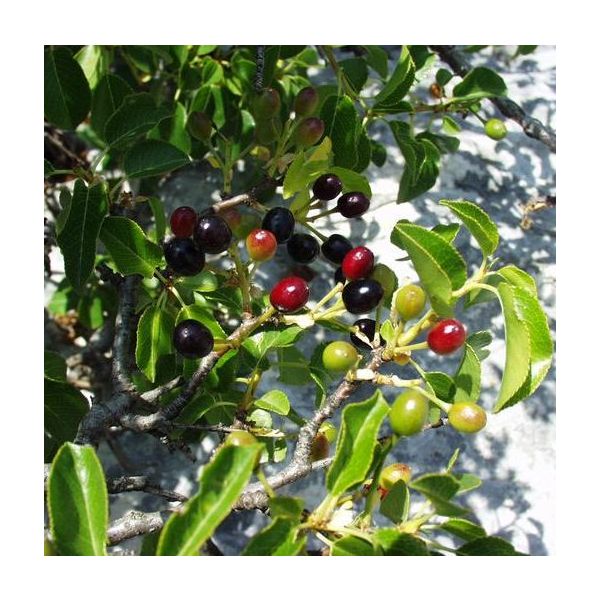Prunus Mahaleb Seeds (Mahaleb Cherry, Prunus Seeds)
Prunus Mahaleb Seeds (Mahaleb Cherry, Prunus Seeds)
Mature plants bear masses of fragrant cup-shaped white flowers. It is in flower from April to May. Each inflorescence typically has fewer than 10 flowers in a raceme.

Delivery
All orders shipped with UPS Express.
Always free shipping for orders over US $250.
All orders are shipped with a UPS tracking number.
Returns
Items returned within 14 days of their original shipment date in same as new condition will be eligible for a full refund or store credit.
Refunds will be charged back to the original form of payment used for purchase.
Customer is responsible for shipping charges when making returns and shipping/handling fees of original purchase is non-refundable.
All sale items are final purchases.
Help
Give us a shout if you have any other questions and/or concerns.
Email: contact@domain.com
Phone: +1 (23) 456 789
Availability: Out of stock
SKU
Prunus Mahaleb
Prunus mahaleb, the St. Lucie Cherry or Mahaleb Cherry, is a small Eurasian ornamental tree of the rose family, growing to 30 feet tall. Mahaleb cherry grows abundantly in West Asia; it is, however, sometimes found in Eastern and even Central Europe, where it prefers warm and dry climate. They make nice bonsai.
Mature plants bear masses of fragrant cup-shaped white flowers. It is in flower from April to May. Each inflorescence typically has fewer than 10 flowers in a raceme. The flowers are hermaphrodite, they have both male and female organs. Mahaleb Cherry trees, being rather robust and insensitive to diseases.
It is a Cherry with interesting foliage, it has bright green heart-shaped leaves, simple and toothed, which turn yellow in Autumn. The leaves are very small in this species 2.5-5 cm long and nearly as wide as long. The stems do not have thorns.
Hardiness zones 5-8, (-26øC/-15øF, -10øC/15øF) in Winter. Thrives in a well-drained moisture-retentive loamy soil, growing best in a poor soil. It is very drought resistant, but cannot tolerate poor drainage. Succeeds in sun or partial shade though it fruits better in a sunny position.
| Common name | Mahaleb Cherry |
|---|---|
| Species | Prunus mahaleb |
| Germination | First, scarify the seeds. For faster germination, soak the seeds in slightly hot water for 24-48 hours, followed by 2-3 months cold stratification before sowing in your soil. Sow at 1 inch deep in moist soil. Lights aid germination. The seeds can be rather slow, sometimes taking 18 months to germinate. |
| Scarification / Stratification | Seed coats may be so hard that they are impermeable to water. They need to be scratched or broken using a knife or sandpaper, in order to germinate. Chip the seeds with a sharp knife or make a few swipes with a sharp edged file or use sandpaper to allow moisture being more readily absorbed. |
| Price View | Price Range |

